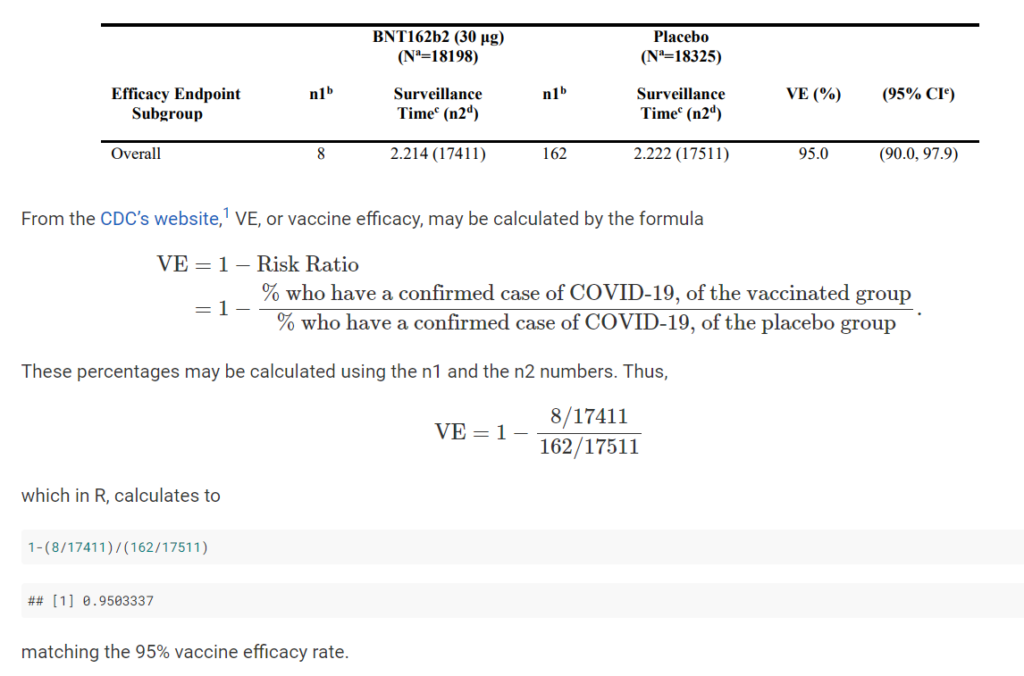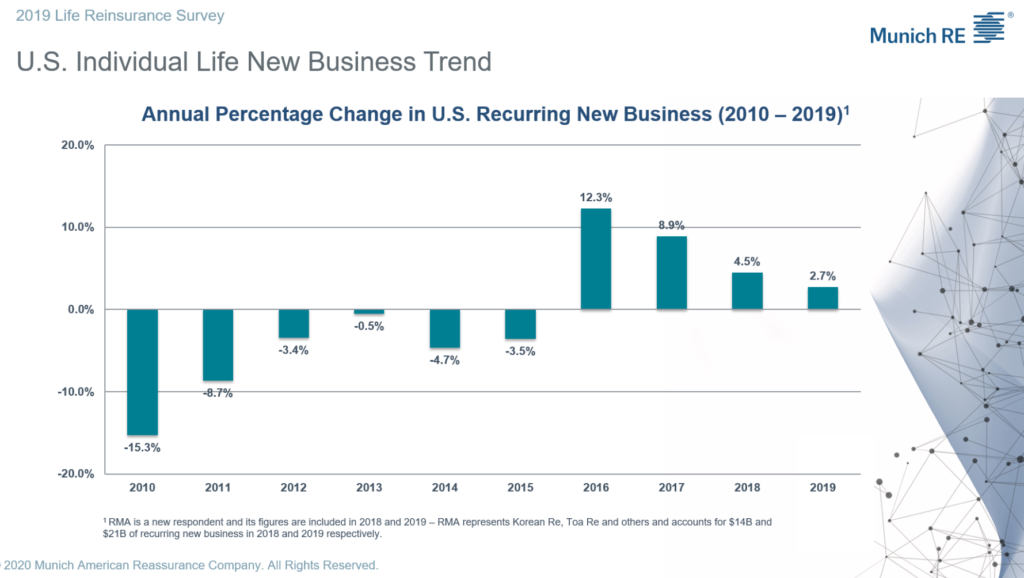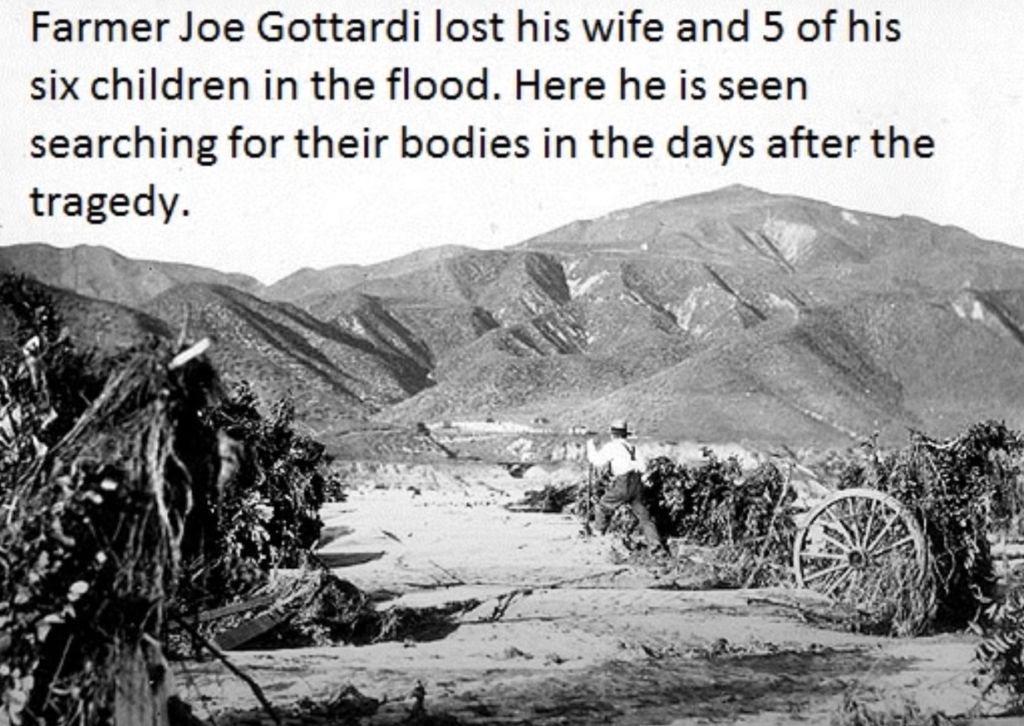Link: https://home.treasury.gov/system/files/311/FIO-2021-Annual-Report-Insurance-Industry.pdf
Graphic:

Excerpt:
Figure 15 shows that the average risk-based capital ratio for the L&H sector declined slightly in
- Specifically, statutory capital and surplus was 4.26 times the level of minimum required
regulatory capital on average in 2020 compared to 4.31 times the required level in 2019.
L&H sector net income of $22 billion in 2020 was less than one-half of 2019 levels, affecting the
potential for capital generation. The sector reported a nearly 10 percent increase in death and
annuity benefit expenses, which contributed to a ratio of total benefit expenses to premiums
earned of 50 percent in 2020, rising substantially from 44.4 percent in 2019. According to Fitch
Ratings, life insurer operating results in 2020 were largely impacted by higher claims paid,
primarily due to increased mortality from COVID-19.24
Certain leverage ratios indicate that L&H insurers faced balance sheet pressures in 2020. The
greater financial flexibility afforded by steady leverage ratios has enabled insurers to consistently
fulfill policyholder obligations by: (1) returning a profit by investing the premiums received
from underwriting activities; and (2) limiting the risk exposure from the policies underwritten.
Insurers also employ reinsurance in order to move some of the risks off their own balance sheets
and on to those of reinsurers. Figure 16 provides a view of the L&H sector’s general account
leverage for the last 10 years.
Author(s): Fderal Insurance Office
Publication Date: September 2021
Publication Site: U.S. Dept of the Treasury




